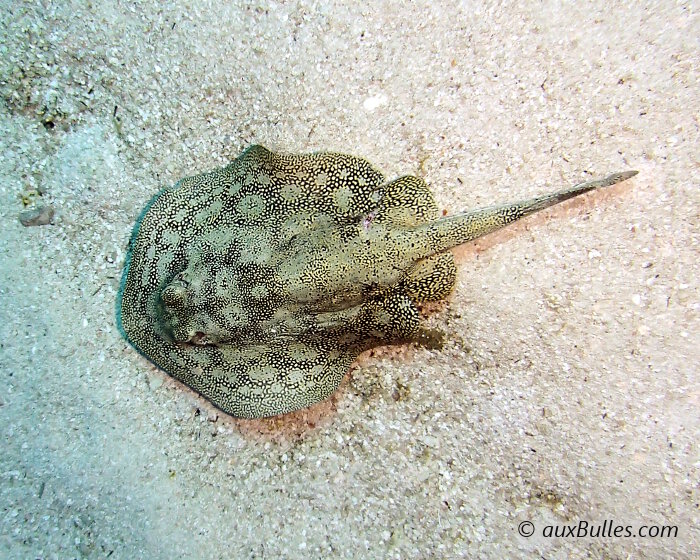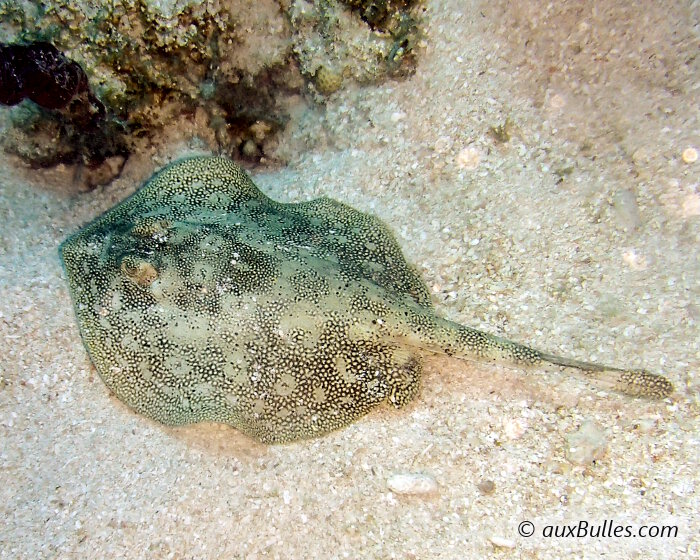Sealife guideThe yellow stingrayUrobatis jamaicensis
Last updated on 09/02/2024 at 11:51 PM
Taxonomy
- Common name: Yellow stingray, yellow spotted stingray, round stingray, maid stingray
- French name: Raie pastenague jaune
- Scientific name: Urobatis jamaicensis (Cuvier, 1816)
- Family name: Urotrygonidae
- Order name: Myliobatiformes
- Class name: Elasmobranchii
Description
The yellow stingray has a flattened, oval-shaped body that measures about 8 inches on average.
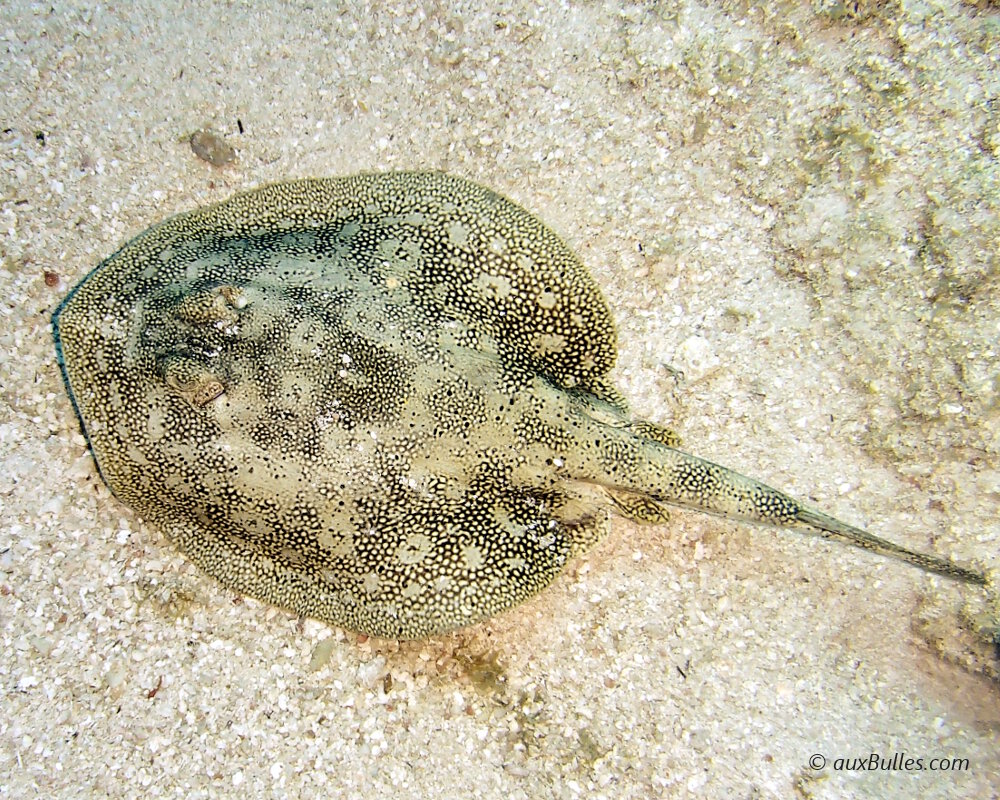
The yellow stingray has a flattened oval-shaped body
The dorsal side of the yellow stingray's body is covered with white or yellowish spots and patterns on a predominantly greenish or brownish background. The coloration of its ventral side, on the other hand, is yellowish or brownish-white.
The eyes of the yellow stingray are prominent on the dorsal side of its head, while its tail extends into a small caudal fin.
Geographic range
The yellow stingray can be found in the western Atlantic ocean, from the coasts of North Carolina down to the northern coasts of South America, including the Florida Keys where it is common.
It is also present throughout the Gulf of Mexico and the Caribbean sea, along the coasts of the Antilles.
Habitat
The yellow stingray is usually found from the surface down to about 65 feet but is particularly common in shallow sandy areas.
It frequents sandy bottoms of coral reefs and lagoons.
Diet
Buried in the sand during the day, the yellow stingray hunts for prey mainly at night. It primarily feeds on small crustaceans and fish.
Reproduction
The yellow stingray is ovoviviparous.
Did you know ?
Like all stingrays, the yellow stingray takes in water through its spiracles on its dorsal side and expels it through the numerous gill slits on its underside to avoid sucking in sand particles.
The yellow stingray displays significant variation in color and patterns to blend more easily into its environment, helping it evade predators while staying hidden and ready to ambush prey.
The yellow stingray is listed as many other marine species within The IUCN Red List of threatened species. The yellow stingray appears in the IUCN Red List since 2021 within the category Least Concern !
Tips for observing
As long as the yellow stingray doesn’t feel exposed, it is possible to approach it, but be cautious of its defensive reactions.
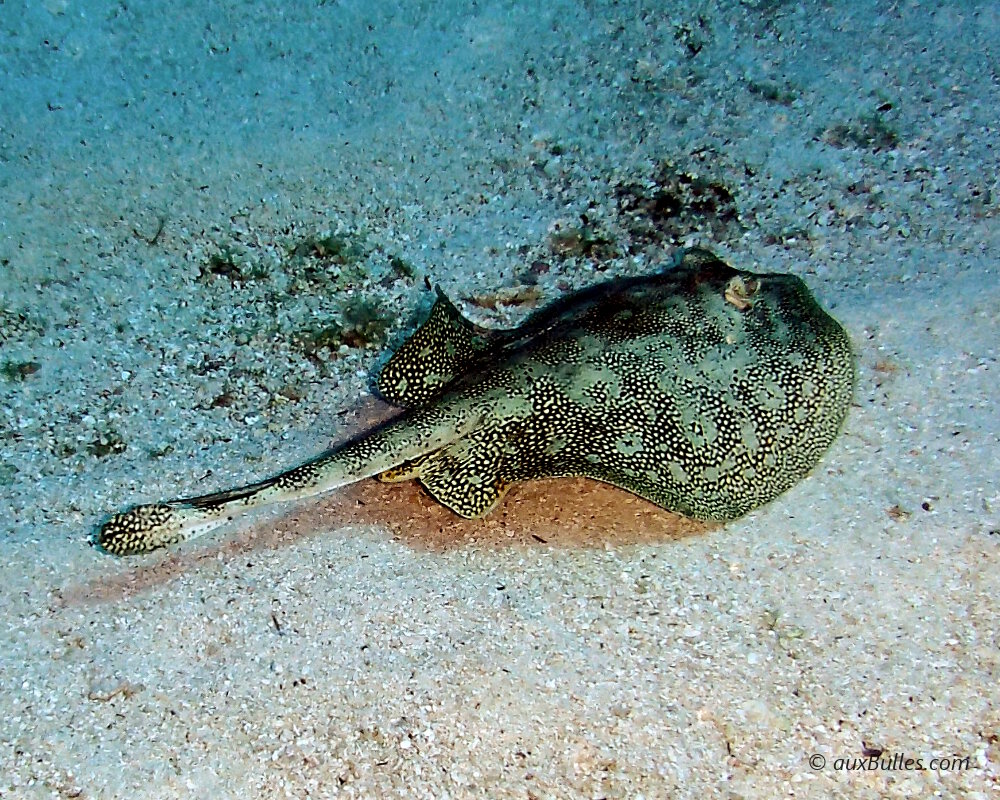
The tail of the yellow stingray extends into a small caudal fin
Even though the yellow stingray is considered harmless due to its small size, remember that it has a venomous spine on its tail as a defense mechanism !
Discover also
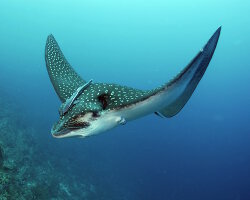
Atlantic white-spotted eagle ray
(Aetobatus narinari)
(Aetobatus narinari)

Banded guitarfish
(Zapteryx exasperata)
(Zapteryx exasperata)
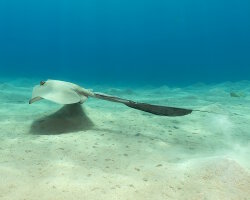
Fantail stingray
(Pastinachus sephen)
(Pastinachus sephen)
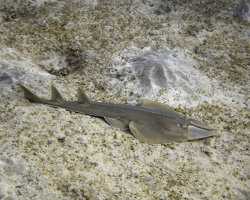
Halavi guitarfish
(Glaucostegus halavi)
(Glaucostegus halavi)
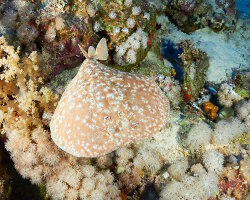
Panther electric ray
(Torpedo panthera)
(Torpedo panthera)
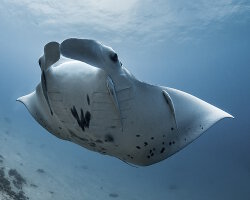
Reef manta ray
(Mobula alfredi)
(Mobula alfredi)
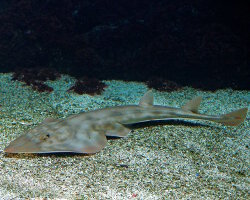
Shovelnose guitarfish
(Pseudobatos productus)
(Pseudobatos productus)
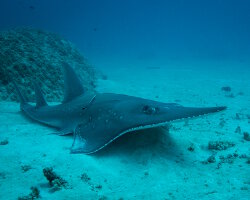
White spotted wedgefish
(Rhynchobatus australiae)
(Rhynchobatus australiae)
Our latestUpdates

Friday, November 28th 2025
Disney Hollywood Studios, from Star Wars to Toy Story
Dive into the magical world of Disney's Hollywood Studios: Star Wars and Toy Story attractions and shows for the whole family.

Wednesday, November 19th 2025
Tenerife island
Tenerife, the largest of the Canary islands, is a volcanic gem in the Atlantic ocean. It boasts an incredible variety of landscapes, from golden or black sand beaches to the subtropical forests of the Anaga mountains and the majestic Teide volcano, Spain's highest peak. With its picturesque villages, rich local culture and countless outdoor activities, Tenerife is a perfect destination for every type of traveler.

Saturday, November 15th 2025
Batz island
Located in the English Channel off the northern coast of Brittany, just a few kilometers from the town of Roscoff, Batz island is a true little haven of peace where you can enjoy its wild landscapes, unspoiled beaches and historical heritage.
Photo of the Day
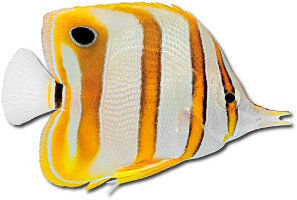
Poisson papillon à bandes cuivrées
(Chelmon rostratus)
(Chelmon rostratus)

